
The best historic sites and museums in Peru
Think of Peru. What comes to mind? If you thought of Machu Picchu and the Incas, you’re on right track.
Peru has a rich history, much of which transcends time, incarnate in the daily lives of the country’s rural communities. Like those in the Sacred Valley, where fields flourish from farming techniques unchanged since pre-Columbian times. Villagers wear homemade cloth adorned with textiles similar to those worn by their ancestors—each color and design representing something beyond simple fashion.
Even the practices left in the past stand strong today, with ruins such as Machu Picchu and Sacsayhuaman carefully restored to give us a sense of how magnificent they must have originally been.
But Peru’s past—and present—goes beyond the Incas. From the oldest city in the Americas at Caral, to the Nazca culture and their mysterious desert lines, to the Tiwanaku at Lake Titicaca, people were in Peru long before the domination of the Inca Empire. And Peru’s transition to modern day is equally compelling, with dramas that include colonization; a struggle with domestic terrorism; and an evolution into one of South America’s fastest growing economies and tourist destinations.
Head to Peru’s streets, mountaintops, and markets to sample the country’s flavors; but turn to the museums and historic monuments to understand the ingredients. Some of the best museums in Peru and historic sites to visit in Peru to understand the country’s past and present are listed below according to destination.
Lima
Larco Museum
This is my all-time favorite museum in Peru. In a clear, concise, and visually appealing format, the museum guides visitors through 3,000 years of pre-Columbian development. With information in English (as well as several other languages), it’s easy to follow the journey from Peru’s North to South, and from its past to, well, less distant past. Beyond the culture hall, exhibits focus on specific artisan collections such as gold and metal work, textiles, and the world’s largest collection of pre-Columbian pottery. For those voyeuristic travelers, a special section dedicated to erotic pottery (and yes, it gets pretty explicit) is displayed in a separate chamber.
In addition to the displays, the grounds are a piece of art themselves. The museum is a reconfigured 18th century mansion, built upon a 7th century pyramid. Landscaped gardens and a gourmet on-site restaurant provide a relaxing refuge for when you’ve gathered all the historic information you can handle.
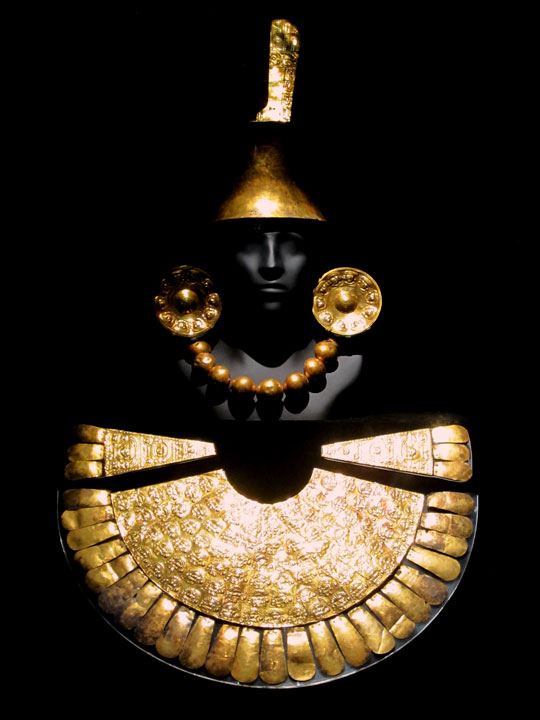
San Francisco Convent and Museum
My go-to destination when I’m hosting visitors in Lima, the San Francisco Convent and Museum is intriguing, to say the least. The San Francisco church is much more than some pews and an altar. Built in the 1600s, this colonial structure resembles a yellow layer cake (I’m told its baroque style) and contains a Harry Potter-esque library with over 20,000 historic texts; Lima’s largest collection of blue Seville tiles; lovely landscaped courtyards; and the creepy but cool catacombs. Buried beneath the church are over 70,000 bones, sorted by type and arranged into eerie patterns. The area was an active cemetery until the early 1800s. Travelers who are squeamish or claustrophobic might want to skip this part.
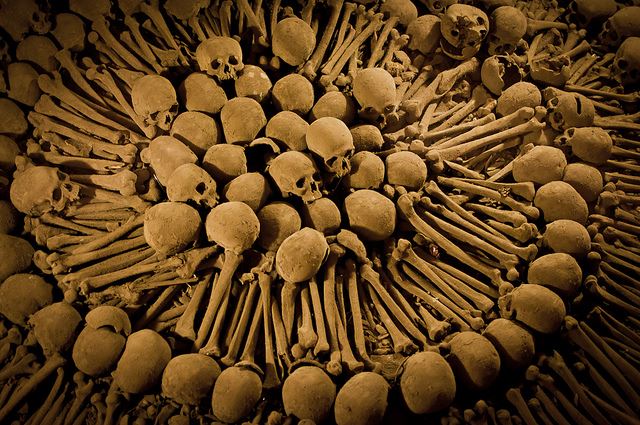
Photo - Kenneth Moore
Casa Aliaga
Many colonial structures remain in Peru, but few feature interiors that match their external splendor. Casa Aliaga is an authentic colonial mansion that has never been anything but a private home. In fact, it is believed to be the oldest single-family owned home in the Americas. Francisco Pizarro himself gave the property to Jeronimo de Aliaga in 1538; the Aliaga family still lives here today (though in a modernized section that is not on display). Visits require a guide and reservation, but it’s worth it. I wandered about slack jawed at the glitzy decorations, including the original sward Jeronimo de Aliaga used during the conquest. The house offers a unique glimpse into Peru’s colonial past when a select few lived in opulent luxury.
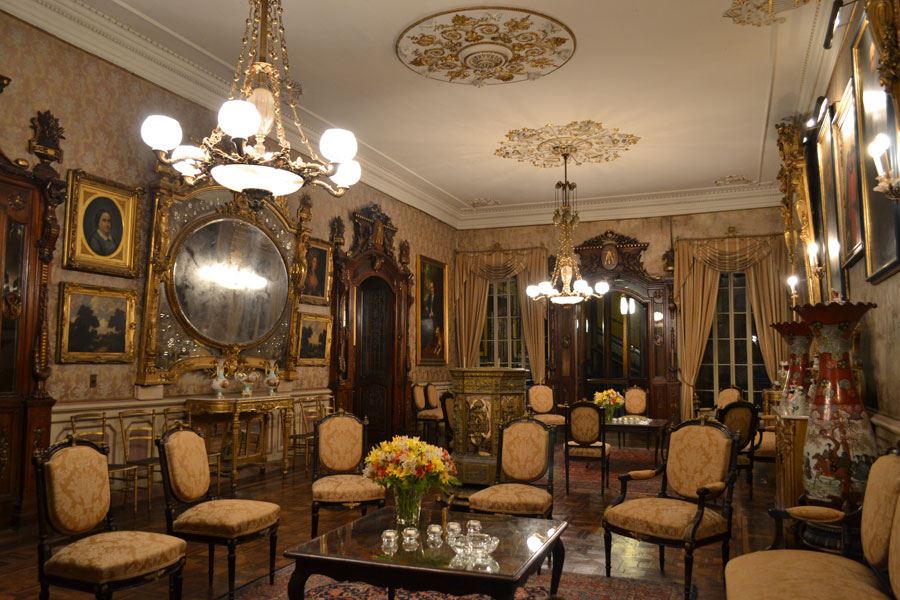
Cusco
Qorikancha
While technically a ruin, I’m including Qorikancha on this list because it is a combination of an Inca temple and Dominican church—perhaps the best example of the blending of these two cultures found in Cusco. The Incas built Qorikancha to be the Empire’s main temple, and decked it out accordingly. Sheets of gold covered the walls and symbolic gold figures stood on sparkling display, waiting to be taken out during special ceremonies. Though the gold is long gone (pried off the walls and melted down by the conquering Spaniards) parts of the building remain. The stonework is some of the finest in all Peru, with stones fitting perfectly together. As you walk into the Dominican side of the church, built by the Spaniards, the stonework seems juvenile in comparison.
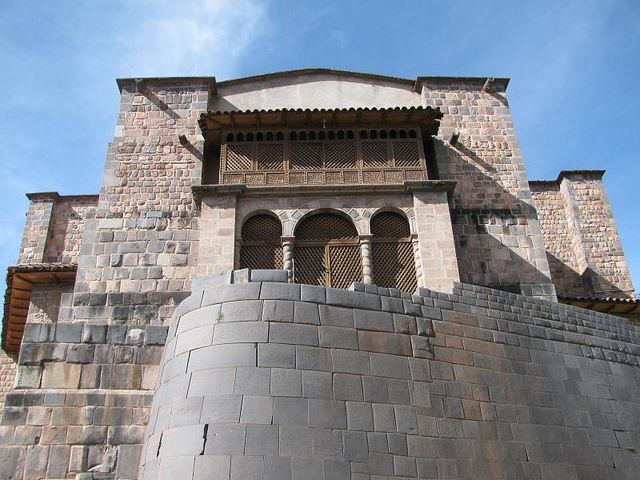
Photo - Steven Damron
Center for Traditional Textiles of Cusco
Just down the road from Qorikancha is a small textile store and museum. The Center for Traditional Textiles of Cusco (CTTC) is a non-profit organization established in 1996 with the goal of preserving the knowledge of Andean textiles. As modernization creeps out of the cities and into Peru’s rural areas, some ancient customs are being lost. CTTC works with several Andean communities to stimulate the textile tradition by making it an economically sustainable pursuit so that younger generations do not abandon this intricate art form.
The store sells high-end hand-made Andean textiles, including pillow cases, rugs, tapestries, and hats. Products are priced to match the quality and skill required to make them. There is usually a woman weaving in the back of the store so visitors can observe part of the process themselves. The attached museum descries the various types of attire and textiles worn and used by locals in the Andes, as well as how they are made.
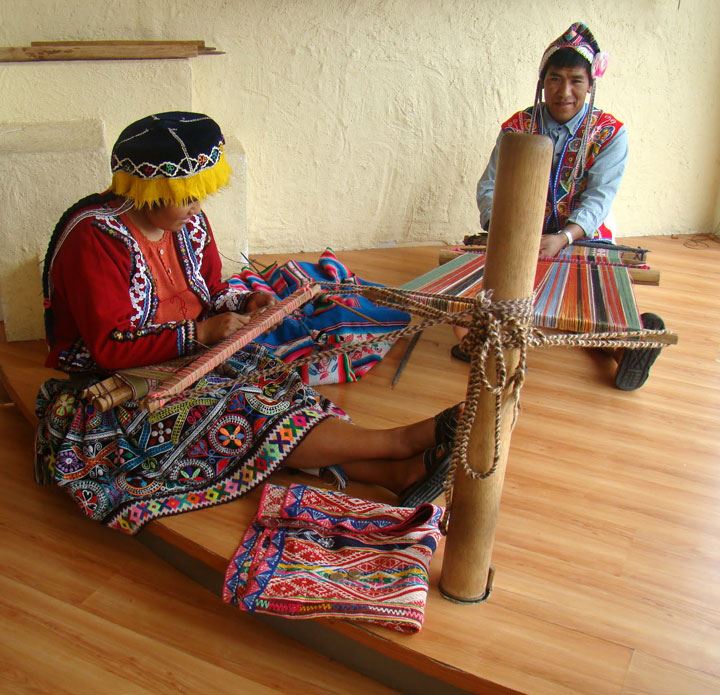
Arequipa
Monasterio de Santa Catalina
Usually I wouldn’t get too excited about visiting a monastery, especially one with an entrance fee more than couple dollars. However, anyone who visits Arequipa and skips the Santa Catalina Monastery is missing out. A labyrinth of blue, red, and white walled open-air corridors leads to hidden alcoves and secret gardens. With 300 sunny days a year, the Arequipa sky bounces off the walls, making the colors pop.
Santa Catalina is a working convent, with a closed off portion used by the 40 resident nuns. Built in 1580, the complex once operated with the assistance of 220 nuns at its peak. Learn more about the history and evolution of the Santa Monastery in a blog post from one of our destination experts.
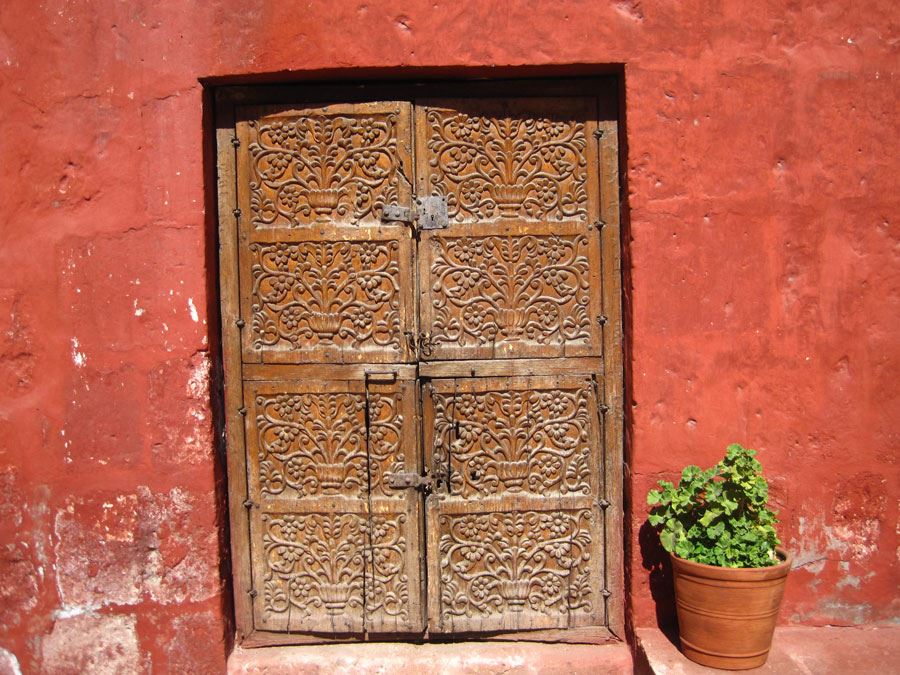
"Santuarios Andinos" Museum
Arequipa’ most famous resident isn’t even alive. Juanita the Ice Maiden is a mummy on rotating display at the Santuarios Andinos Museum. An anthropologist discovered her body and several important artifacts in 1995 after volcanic ash from Sabancaya landed on the nearby mountain of Ampato, causing snow and ice to melt, revealing items once concealed.
Juanita is important not only for the remarkable preservation of her body and clothing (she’s one of the best preserved mummies in the world), but also for what she taught us about ancient times. In the mid-1400s she willingly walked to the top out the mountain to be sacrificed. She was only a young teenager at the time, and experts believe she was raised in a special convent for children slated for sacrifice—a great honor.
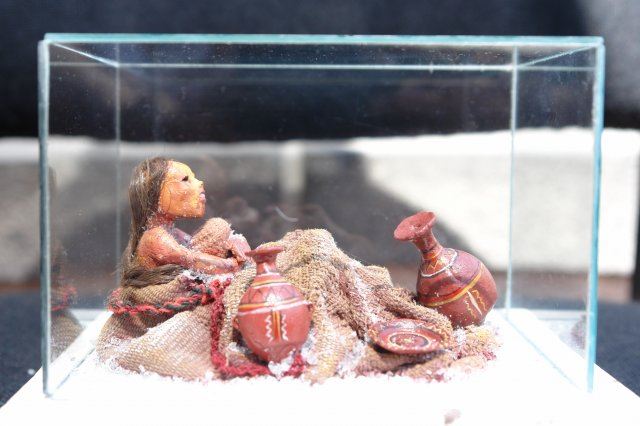
Chiclayo (Lambayeque)
Museo Tumbas Reales de Sipán
Anyone visiting northern Peru will want to schedule a stop at the Sipan Museum. Built in 2002, it’s one of Peru’s most modern and complete museums. Its three-stories are built to resemble an ancient pyramid and contain over 1,400 pieces of gold and jewelry. All the artifacts come from a nearby site uncovered in the late 1980s. The discovery of such extensive riches just outside of Chiclayo made major news and was featured in publications such as National Geographic and Natural History. You can visit the nearby ruin site, but all the artifacts, their descriptions, and how they were discovered are at the Sipan Museum.
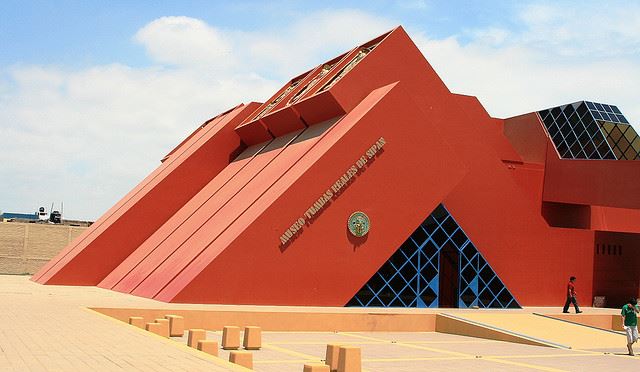
Photo - Carlos Adampo
Keen to see Peru for yourself? Check out our Peru itineraries here or speak to one of our Destination Experts about crafting the bespoke vacation of your dreams.